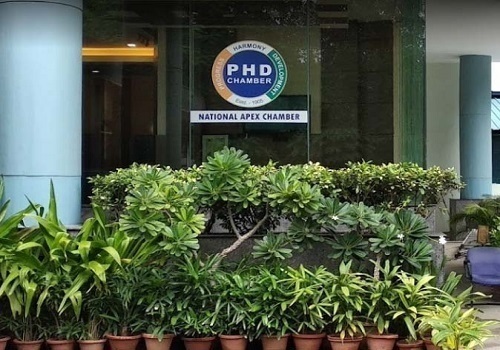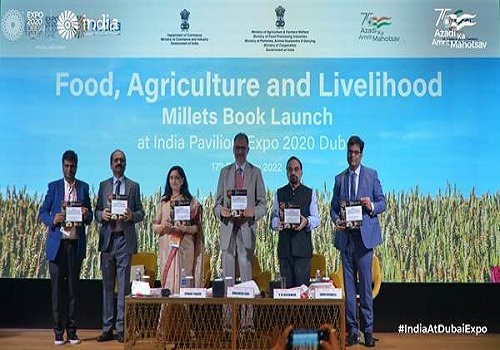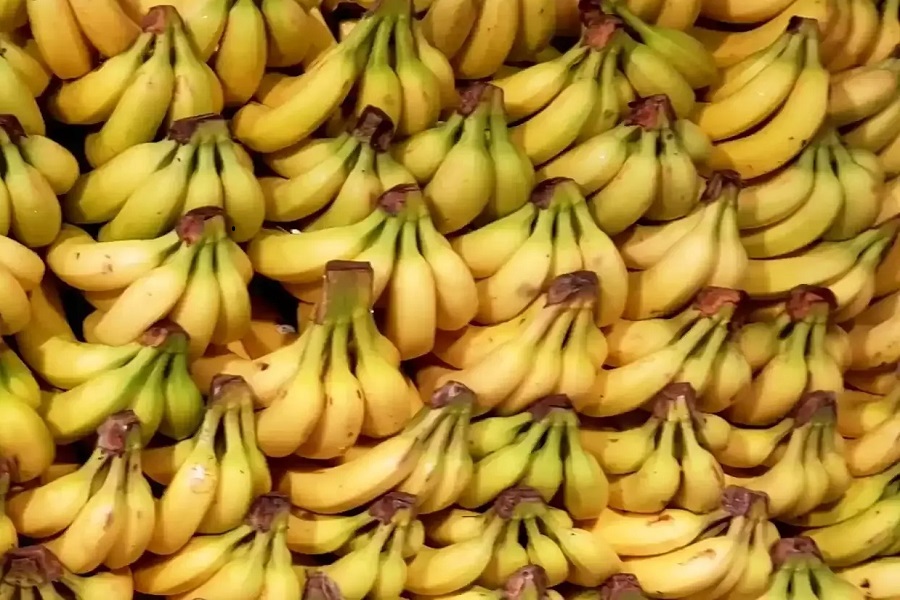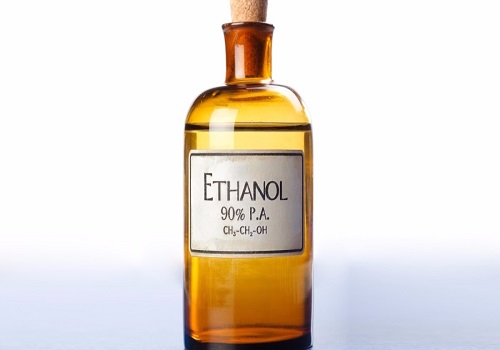Shifting away from crude oil imports could lead to a reduction in carbon emissions, energy security, and empowering farmers: PHD Chamber

Follow us Now on Telegram ! Get daily 10 - 12 important updates on Business, Finance and Investment. Join our Telegram Channel
Major agricultural countries with ample land mass, including the USA, Canada, Australia, China, India, Brazil, France, Germany, Japan, South Africa, and others, possess enough renewable biomass to reduce their dependence on petroleum refineries for fuels and petrochemicals used in the production of everyday chemicals and consumer products.
Shifting away from crude oil imports could lead to a reduction in carbon emissions, energy security, and empowering farmers. "Using sustainable solutions from biomass waste could create a negative carbon emission future for biofuels and help combat climate change. This could be one of the best pathways to improve the lifestyle of the 60% of the Indian population who are involved in farming" said Dr JP Gupta, Chair, Environment and Climate Change Committee, PHDCCI commenting on the Global Biofuels Alliance announced on July 22 during the G20 Clean Energy Ministerial in Goa.
Below are brief descriptions of some biofuel options, including ethanol, synthetic aviation fuel, bio-naphtha, renewable diesel, green methanol, green ammonia/urea, boiler/bunker fuel, and clean bio-cogeneration.
* Biomass to Ethanol: Biogenic CO 2 is produced as a byproduct in fermentation in the same amount as Ethanol, produced in a 1:1 ratio. Ethanol is used for Biofuels, Gasoline blending (E20,E85) downstream industrial,Pharma and other applications.
* Ethanol to Ethylene: Ethylene is the heart of a trillion-dollar global petrochemical industry and this bio-ethylene is higher quality than petroleum-based ethylene). It is a drop-in and all Ethylene derivatives such as Polyethylene, Ethylene Oxide/ Glycols, PVC, and others can be produced.
* Ethanol and water mixture to Green Hydrogen: No energy is required, unlike electrolysis, which needs an average of 50 MW/ton hydrogen. Biogenic CO2 is produced as a by-product. The hydrogen produced is suitable for Green Ammonia, Bio-Methanol, fuel cell for automobiles, power turbine, blending with Natural gas, and all industrial hydrogenation applications.
* Ethylene to SAF and renewable Diesel and Naphtha: Using Ethylene and a small amount of green Hydrogen.
* Bio- methanol production using all the CO 2 by product and Hydrogen: Complete CO 2 sequestration, Methanol is suitable for all biofuels and industrial applications.
From Biomass to Biofuels
The process involves separating biomass lignin from cellulose and hemicellulose, with Petron having the most efficient pretreatment technology available. The next step is breaking down cellulose and hemicellulose into simple C5/C6 sugars through the action of enzymes (hydrolysis/saccharification), followed by fermentation of those sugars to produce ethanol using yeast or bacteria. The resulting ethanol product is then distilled/purified and dried, with valuable co-products such as carbon dioxide and co-gen biofuel also obtained.
This is a highly integrated process that features extensive heat integration, water recycling, CO2 capture, and co-product usage as a renewable fuel for the production of steam and power
Above views are of the author and not of the website kindly read disclaimer

























